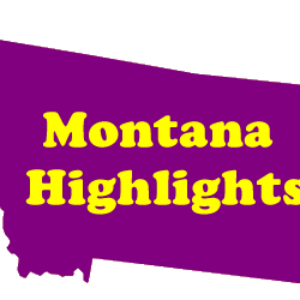As Mother’s Day approaches so does the 42nd Montana Women’s Run.
For 42 years, tens of thousands of participants have filled the streets of downtown Billings the Saturday before Mothers Day, wearing the uniquely designed Montana Womenâ Run t-shirt. This year downtown Billings will once again be a sea of women in jewel toned purple shirts.
This years artwork features a Bitterroot flower and a butterfly in flight. Billings graphic designer, Jim Heins, states that the butterfly in flight symbolizes the nature of the Womesn Run with the butterfly representing springtime, transformation, life and hope.
The Bitterroot flower has of course been a constant for the Women’s Run as Montana’s state flower, representing the beauty of the state.
Registration is now open for the 42nd annual run, which will be held on May 13 starting at 8 am in downtown Billings. Proceeds from the event benefit charitable organizations in Billings that contribute to women’s health and wellness.
The Montana Women’s Run began in 1982 with 200 registrants and celebrated last year with over 4,600 women participating virtually around the world. Today, the race is recognized as the largest running event for women in the state of Montana, and one of the largest all-women’s races in the country. To date, the Montana Women’s Run has donated more than $1,637,500 to local organizations that promote women’s and children’s health and fitness.
The major sponsors of the 2022 Montana Women’s Run are Billings Clinic, ExxonMobil, First Interstate Bank, Graphic Imprints, The Planet 106.7 and KTVQ.
To keep up with news and other related Women’s Run events, visit the Montana Women’s Run Facebook page or the Montana Women’s Run website. To register for any of the events, visit www.womensrun.org.






